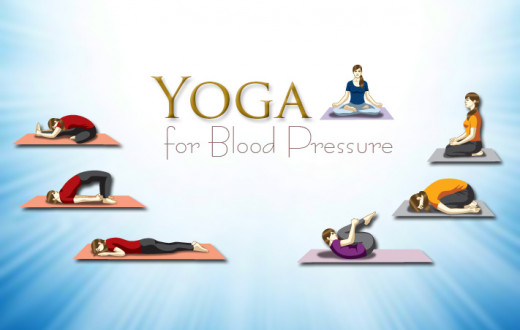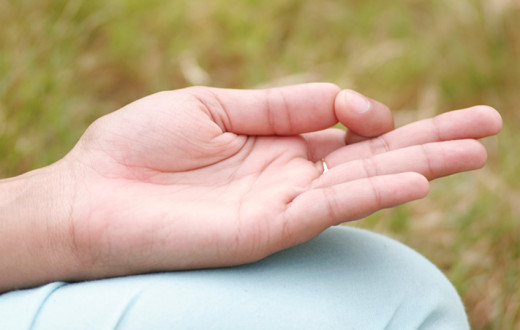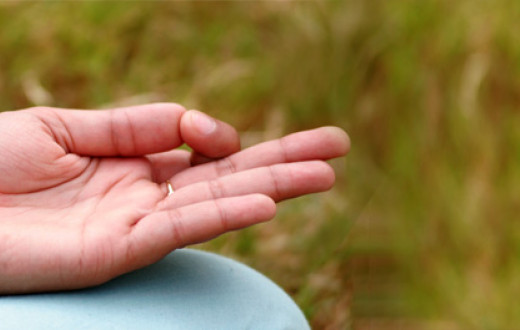Traumatic experiences can alter one’s personality. Trauma brings a number of neurological changes, but meditation can help in overcoming a traumatic experience, making a person calmer, peaceful and relieved of stress.
Maria (name changed) and Ahmed are a testimony to this.
Maria could not sleep for more than an hour for two weeks after the 9/11 attack in the United States of America. Working as a waitress, Maria was so groggy that she could not return to work. But, life changed for her after she learned the Sudarshan Kriya, a stress-eliminating breathing technique which enables meditation.
Maria had an unbelievable experience. She was healed of her insomnia and she resumed work too.
Iraq’s Ahmed Hinnon too had a similar healing experience when he learned to meditate. Ahmed, a witness to the grueling war in Iraq, had deep emotional scars etched in him. But, with regular practice of meditation, his scars healed and his life was renewed.
“It feels like breathing out all the stress of war and breathing in a new life. This program has changed my life. After so many years, I am able to control my mind. I am now ready to face the challenges of life,” Hinnon says describing his experience.
Meditation helps to calm a mind affected by pain and deep stress which a disaster inevitably brings.
A study on war veterans affected with post traumatic stress disorder (PTSD) has revealed that meditation-based techniques like Sudarshan Kriya have healing effects. Symptoms of depression, anxiety, anger outbursts, emotional numbing and social withdrawal have considerably declined.
How meditation heals a traumatic experience
Insomnia
Nightmares
Anxiety
Depression
Social withdrawal
Studies show the practice of Sudarshan Kriya augments the release of prolactin, a hormone responsible for the feeling of belongingness. This reverses the feeling of social withdrawal, making a person feel more connected with the surroundings.
Anger outbursts
Trauma relief is strengthened when the knowledge of meditation is disseminated among victims. Meditation, breathing techniques can reverse the impact of trauma, relieving many of the stress and PTSD.
Trauma relief initiatives
The Art of Living has been conducting meditation and trauma relief programs across the globe for disaster victims. Here are the instances where these programs were conducted:
- Trauma Relief to Sri Lankan Tamil Refugees in Sri Lanka
- South Asian Tsunami, 2004
- Russia- Beslan Terror Attack, 2004
- Iraq, since 2003
- Kosovo Conflict, since 2002
- New York City 9/11 Attack USA, 2001.
(With inputs from Prajakti Deshmukh, Sahaj Samadhi Meditation teacher)





















